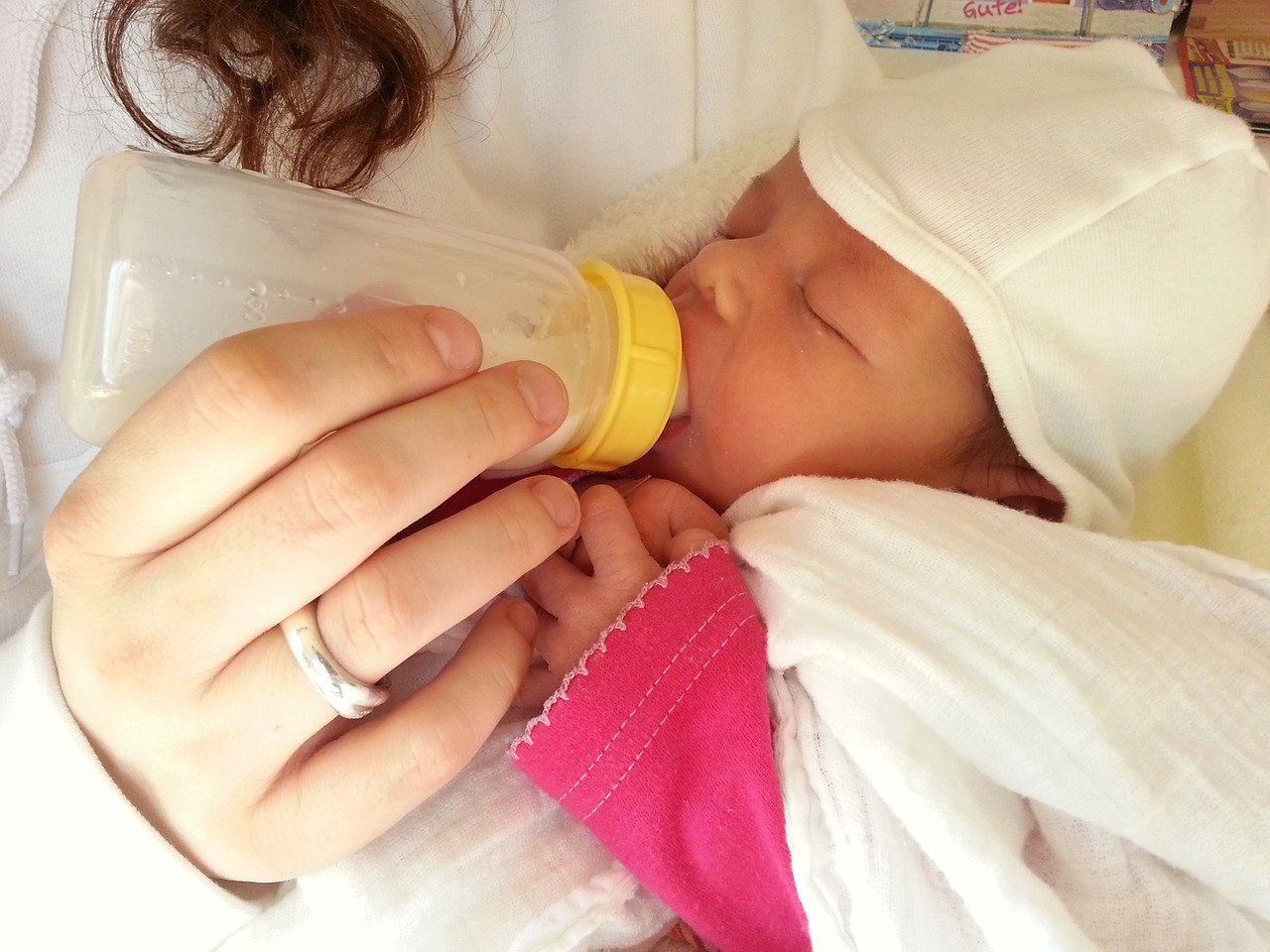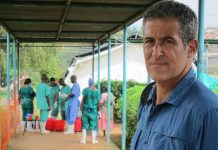
Bottle-fed babies consume millions of microplastics a day due to the sterilization of bottles and preparation of formula milk, study reveals.
Findings revealed that bottles shed millions of microplastics and trillions of smaller nanoplastics due to the temperature involved in sterilizing plastic bottles and preparing formula milk.
The polypropylene bottles tested account for 82% of the world market, with glass bottles as the main alternative. The study found that kettles and food containers also discharge millions of microplastics per liter of liquid.
Published in the journal Nature Food, the study reveals that food preparation in plastic containers can trigger exposure thousands of times higher.
The health implications are not certain and the scientists insist that there is an “urgent need” to examine the issue, especially for bottle-fed babies. The researchers have also published sterilization guidelines to minimize microplastic exposure.
They followed international sterilisation guidelines to make a baby formula in 10 different feeding bottles. The process involves sterilizing with 95C (203F) water and shaking powder with 70C water in the bottle.
Consuming microplastics
Meanwhile, Prof John Boland, at Trinity College Dublin in Ireland, said “we were absolutely gobsmacked” at the number of microplastics produced by the baby bottles. “A study last year by the World Health Organization estimated adults would consume between 300 and 600 microplastics a day – our average values were on the order of a million or millions.”
“We have to start doing health studies to understand the implications. We’re already working with colleagues to look at what buttons in the immune system these particles begin to press," he added.
Boland pointed out that most particles would simply be excreted but there must be a deeper investigation to determine how many could seep into the bloodstream and travel to other parts of the body.
“I’ve already gotten rid of all those [food] containers I used to use and if I had young children I would modify how I prepare [milk formula],” Boland said. “The message is the precautionary principle.”
Philipp Schwabl, at the Medical University of Vienna in Austria and not part of the research team, said: “These findings represent an important milestone. The scale of microplastic exposure presented here may seem alarming, but the real-world effects on infant health require further investigation.”
Prof Oliver Jones, at RMIT University in Melbourne, Australia, noted: “We should not be making parents feel bad for using plastic bottles. However, this study illustrates that the microplastics problem is likely much bigger than we think [and] something we need to start really getting to grips with.”
Prof Liwen Xiao at Trinity College emphasized that plastic products are the source of microplastics.
The researchers recommend an additional washing procedure, which can reduce the microplastics released during formula milk preparation.
“That will dramatically reduce the number of microplastics,” said Boland. “The last thing we want is to unduly alarm parents, particularly when we don’t have sufficient information on the potential [health] consequences. However, we are calling on policymakers to reassess the current guidelines for formula preparation when using plastic infant feeding bottles.”
Boland said plastics were “wonderful” materials with many useful applications: “So the reality is they’re here to stay and we will have to make them safer and more resilient.”






